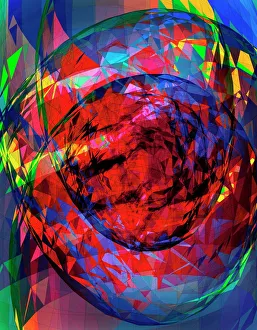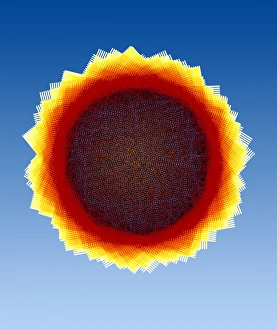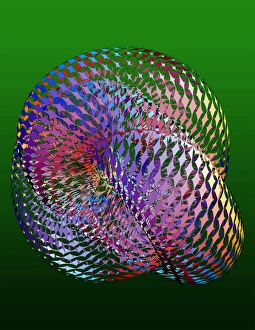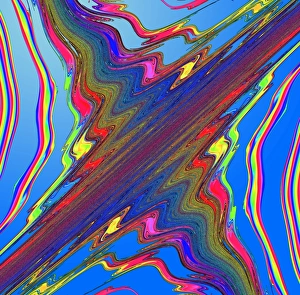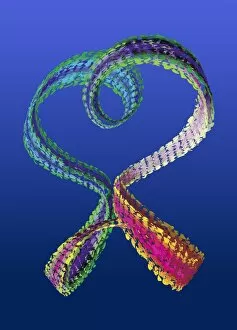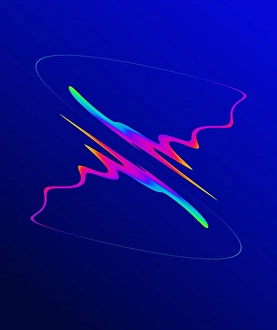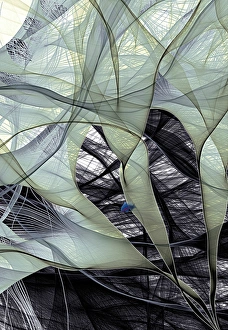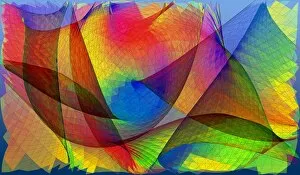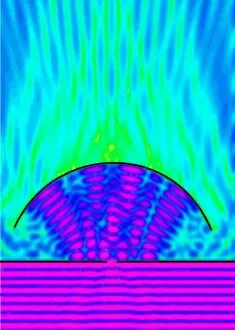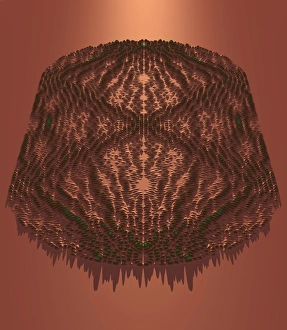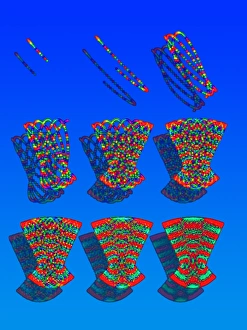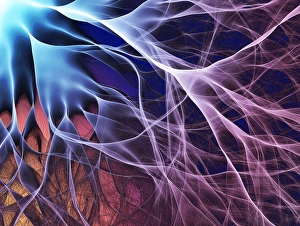Professor Eric Collection
Meet Professor Eric, a brilliant mind at the forefront of scientific research
All Professionally Made to Order for Quick Shipping
Meet Professor Eric, a brilliant mind at the forefront of scientific research. With his expertise in molecular orbitals and mathematical models, he unravels the mysteries of nanowires and their behavior. Through intricate molecular models, he deciphers complex patterns and phenomena that were once hidden from our understanding. But it doesn't stop there for Professor Eric; he delves into the realm of classical chaos with his groundbreaking mathematical model. Exploring chaotic systems like never before, he uncovers hidden order within apparent randomness. His work on torus and chaos maps has revolutionized our perception of these intricate structures. With each new mathematical model developed by Professor Eric, we gain deeper insights into the fundamental workings of nature. From molecular orbitals to nanowires to classical chaos, his contributions have paved the way for advancements in various fields. In classrooms around the world, students eagerly await Professor Eric's lectures as they know they are about to embark on an intellectual journey like no other. His ability to simplify complex concepts while maintaining their essence is truly remarkable. Professor Eric's passion for knowledge is contagious; it ignites curiosity among both young minds and seasoned researchers alike. He inspires others to question established theories and explore uncharted territories through rigorous experimentation guided by mathematics. As we continue to unravel the intricacies of our universe, one thing remains certain: Professor Eric will be at its forefront, pushing boundaries with every new mathematical model created. His dedication to advancing scientific understanding knows no bounds – a true visionary shaping tomorrow's discoveries today.

